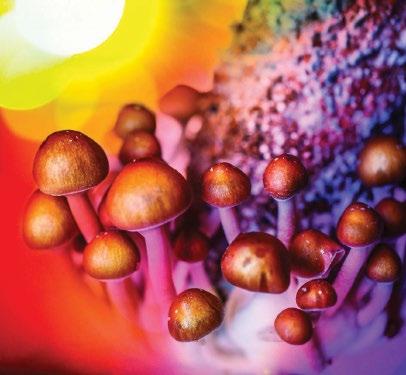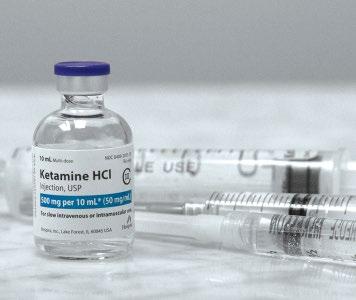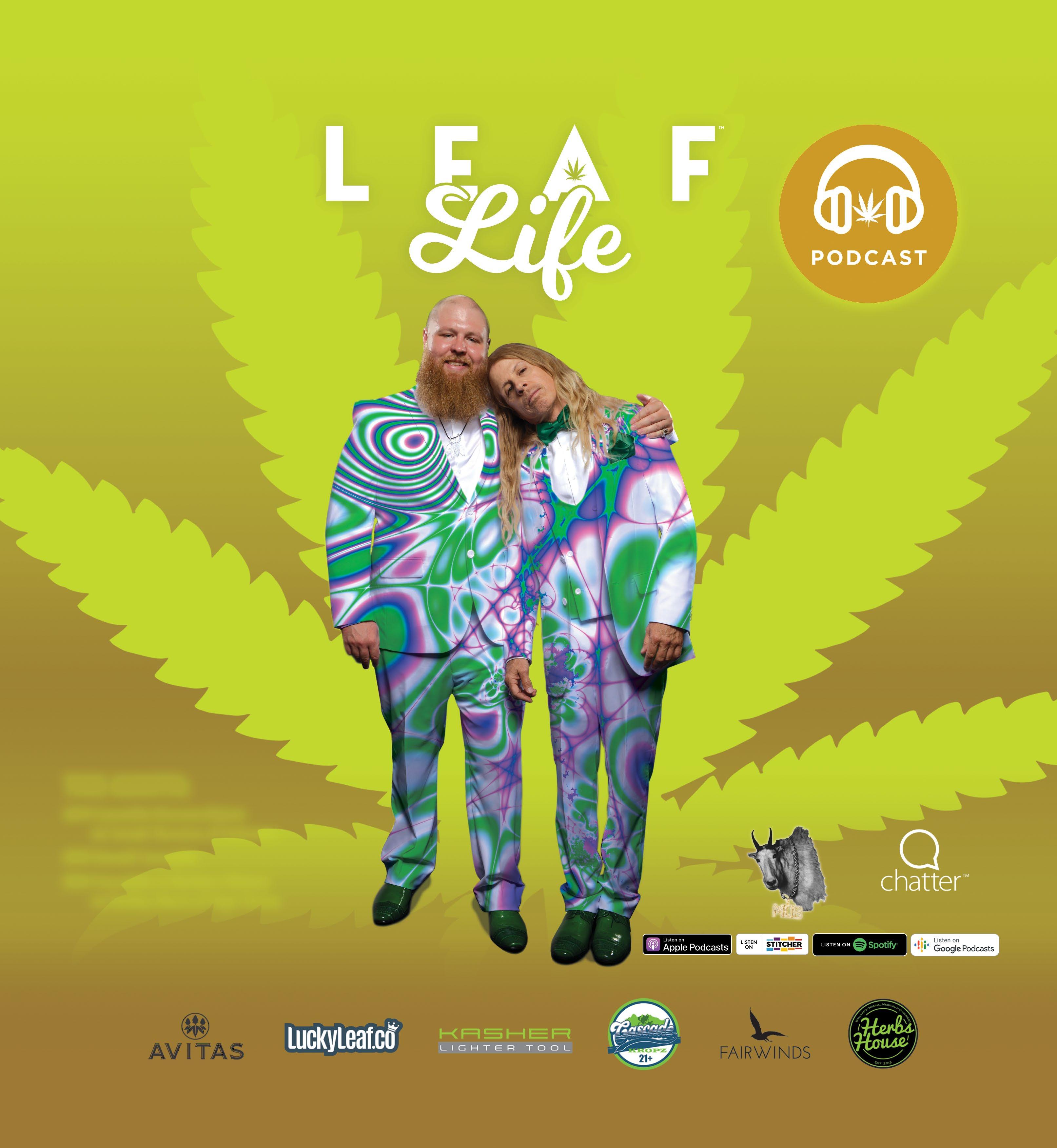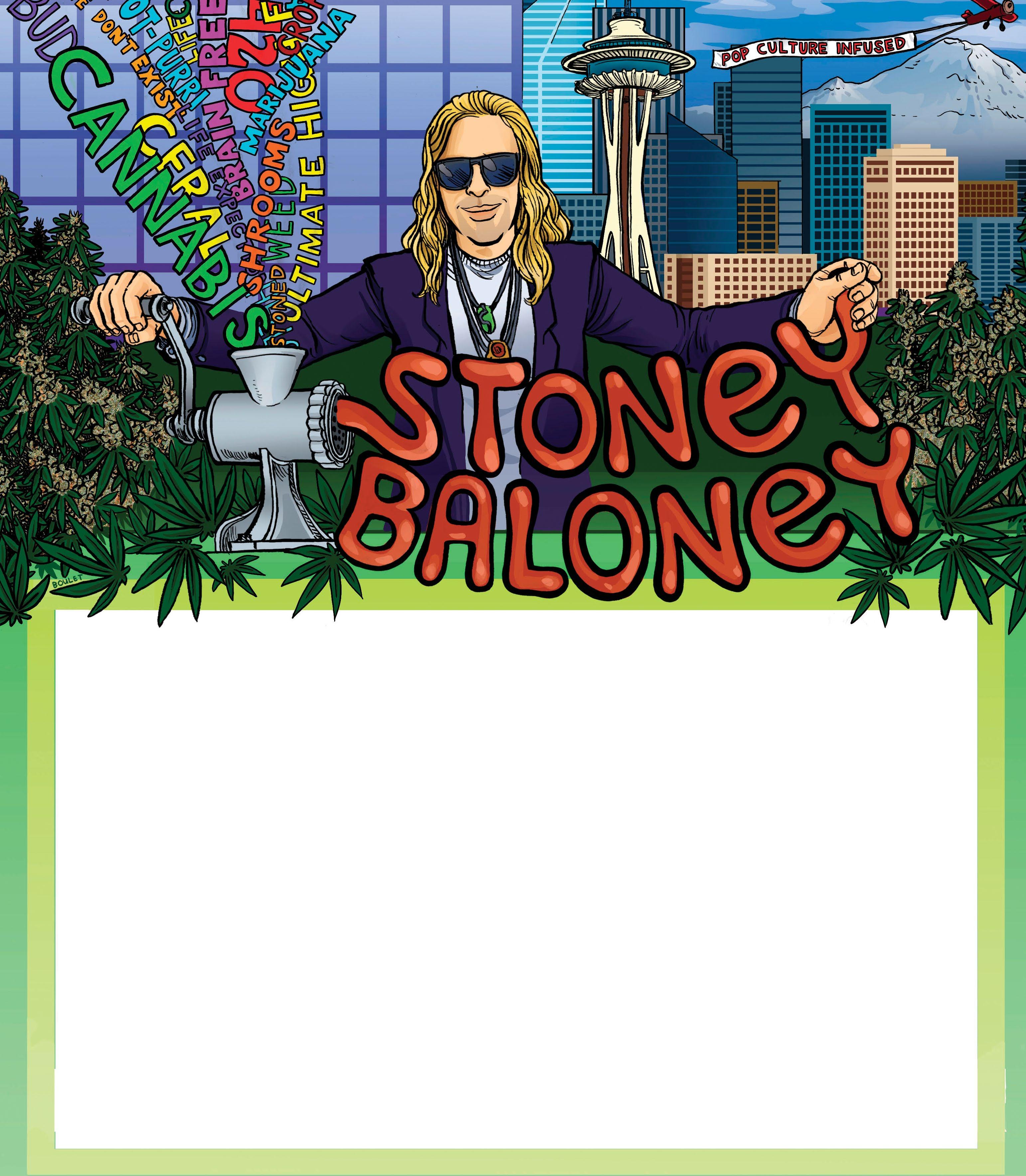
2 minute read
P S YC H E D E L I A 1 0 1
from Northwest Leaf — Mar. 2020
by Northwest Leaf / Oregon Leaf / Alaska Leaf / Maryland Leaf / California Leaf / Northeast Leaf
PSYCHEDELICS 101
Psilocybin LSD DMT Ibogaine Ketamine
There are more than 180 species of mushrooms that contain the psychedelic chemical psilocybin or psilocin. They have a long history of use in Mexico and are currently one of the most popular and commonly available naturally-occurring psychedelics. In recent studies at Johns Hopkins, psilocybin has been found to have beneficial therapeutic results when administered in a proper setting.
Family Strophariaceae Genus Psilocybe Species Cubensis, Cyanescens, Semilanceata effects last 8 hours

LSD was discovered in 1938 by a Swiss chemist better known as Albert Hofmann. LSD was originally synthesized to treat respiratory depression. In 1943, Hofmann accidentally discovered its hallucinogenic properties after absorbing some through his skin. Over the next 15 years, LSD was used as an anesthetic and to support psychoanalysis. The counterculture of the 1960s led to it being used for recreational purposes.
dmt is a powerful, visual psychedelic which produces short-acting effects when smoked. It is also used orally in combination with an MAOI, as in ayahuasca brews. DMT is naturally produced in the human body, as well as many plants.
ibogaine is the active chemical found in the African Tabernanthe Iboga root, as well as several other plant species. It is a strong, longlasting psychedelic used traditionally in a coming of age ritual - but also known for its modern use in treating drug addiction and working through traumatic childhood events.

Ketamine is a dissociative psychedelic used medically as an anesthetic. In recent studies, it has been shown that ketamine could have the potential to be a newer and faster path to treating depression. Ketamine may also have potential for treating other mental illnesses, as a preliminary clinical trial reported that ketamine reduced the severity of symptoms in patients with PTSD.

chemical name d-lysergic acid diethylamide effects last 12-16 hours
chemical name N,N-dimethyltryptamine effects last 15-30 minutes (smoked) 8-12 hours (orally)
chemical name 12-methoxyibogamine effects last 12-18 hours
chemical name 2-(2-chlorophenyl)- 2-(methylamino)-cyclohexanone effects last 45-60 minutes
V leaaifepodcast
THISMONTH: 54Cannabis Nomenclature w/Jonah Tacoma ofDabstars #55Hawaii Cannabis #56Cannabis: A Modern History w/Bobby BlackofHigh Times V b e a r d e d l o r a x
LEAFLIFEPODCAST.COM V r i c k e r d j













THANKSTO OUR SPONSORS LeafLife is recorded at Mob Studios in Seattle Ad design by @chattercreative










